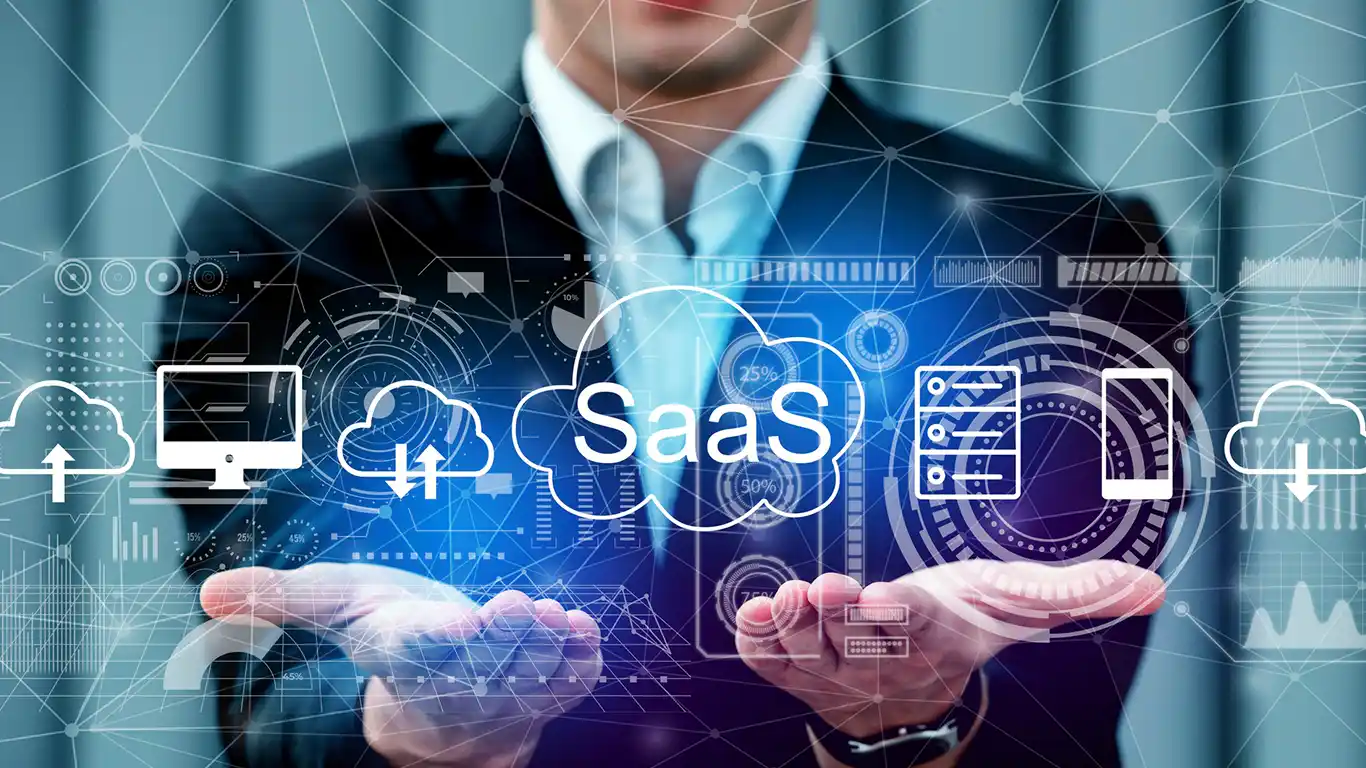SaaS Pricing Models Compared
Why Perpetual Licensing Stands Out

Choosing the right pricing model for your business software is a crucial decision. With a variety of SaaS pricing options available, companies often find themselves debating between subscription models and alternative approaches like perpetual licensing.
At Pollux, we firmly believe in the value of perpetual licensing, offering businesses the ability to own their software outright. In this blog, we’ll compare different SaaS pricing models in greater detail to help you understand why perpetual licensing may be the best choice for your business.
Before diving into the specifics of perpetual licensing, it’s important to understand the common SaaS pricing models and how they function.
1. Subscription-Based Pricing
Overview: Customers pay a recurring fee, typically monthly or annually, to use the software.
Pros:
Lower upfront costs.
Continuous access to the latest updates and security patches.
Often includes customer support and cloud hosting.
Cons:
Long-term costs add up, often surpassing the initial cost of perpetual licensing.
Businesses don’t own the software and are subject to price hikes.
Unexpected expenses for feature upgrades or increased storage.
Best For: Startups, small businesses, and companies with short-term projects.
2. Usage-Based Pricing
Overview: Costs are directly tied to the amount of software usage, often measured by API calls, storage, or data consumption.
Pros:
Flexible for companies with fluctuating usage.
Ideal for businesses with seasonal demand.
Cons:
Difficult to predict costs, especially during high-demand periods.
Unforeseen spikes in usage can lead to budget overruns.
Best For: Cloud service providers, AI and data analytics platforms, and companies with unpredictable usage patterns.
3. Freemium Pricing
Overview: Offers a free, limited version of the software with paid upgrades for advanced features.
Pros:
Low-risk entry for new users.
Fast user acquisition for software companies.
Cons:
Core features are often locked behind premium tiers.
Converting free users to paid customers can be challenging.
Best For: Consumer applications, mobile apps, and startups testing market viability.
4. Perpetual Licensing
Overview: A one-time payment provides lifetime access to the software, often with optional fees for support and updates.
Pros:
Ownership and control over the software.
Cost predictability with no recurring fees.
Long-term ROI with minimal ongoing expenses.
Cons:
Higher initial investment.
Maintenance and updates may require a separate service agreement.
Best For: Medium to large enterprises, businesses with long-term projects, and companies seeking greater software autonomy.
More blogs
No More blogs